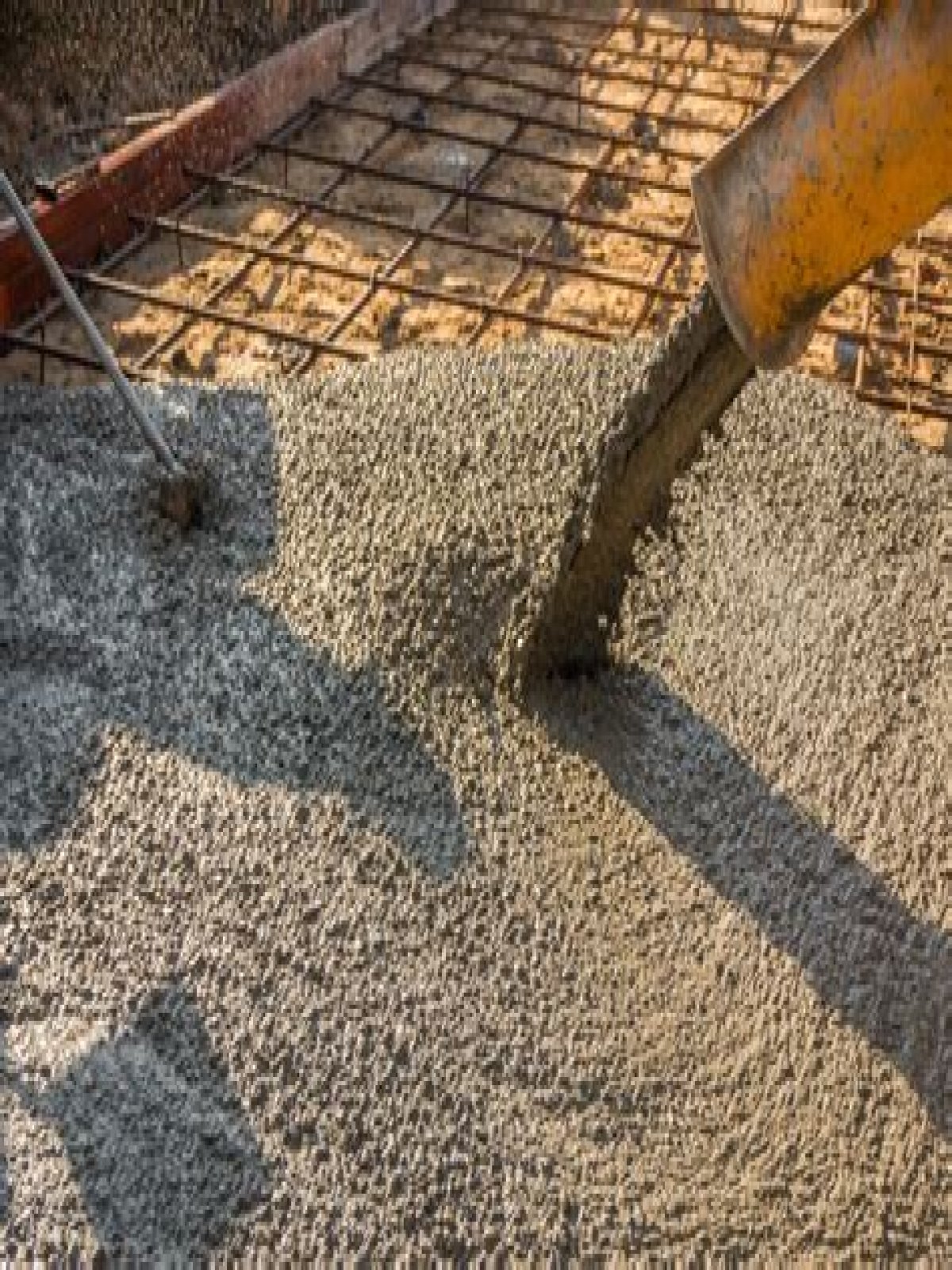Table of Contents
- Should you cover fresh concrete with plastic?
- Should concrete be covered in cold weather?
- At what temperature should you cover fresh concrete?
- How do you protect concrete from frost?
- Tips for Cold Weather Concrete Pours
- How do you protect concrete in the winter?
- Will concrete crack in cold weather?
- Will concrete cure at 30 degrees?
- Can freshly poured concrete freeze?
- How long should you cover concrete with plastic?
- How long do you leave plastic over concrete?
- Can you put plastic over concrete?
- How long does 4 inches of concrete take to cure?
- What happens if it snows on new concrete?
- What happens if you pour concrete and it freezes?
- How long does it take for concrete to cure in cold weather?
- Can you pour a concrete driveway in the winter?
- At what cold temperature does concrete crack?
- How do you winterize a concrete driveway?
- What temperature will concrete crack?
- What can I add to concrete in cold weather?
- Should you wet concrete while curing?
- When should I start watering my concrete?
- What happens if you dont water concrete?
- Should concrete be covered to cure?
Should you cover fresh concrete with plastic?
You may have seen fresh concrete covered with plastic while it is curing. Covering the curing concrete with plastic keeps it cleaner, but there is a more important purpose behind this practice. Water is mixed into concrete to activate the cement binding agent and as the mix dries, it hardens.Should concrete be covered in cold weather?
For flatwork, the traditional, and still the best way, to protect concrete from the cold is to cover it with blankets after it's been finished. Since the ground is a bit warmer and the concrete generates its own heat, blankets will keep it warm even if the temperature goes below 20°F.At what temperature should you cover fresh concrete?
Make sure the concrete is maintaining a temperature of at least 40 degrees Fahrenheit for its curing period.How do you protect concrete from frost?
Never allow concrete to be laid onto frozen ground, ice or snow! Use thermal blankets to help prevent frost forming overnight.Tips for Cold Weather Concrete Pours
How do you protect concrete in the winter?
Use concrete curing blankets to prevent freezing and keep the concrete at an optimal curing temperature. Use insulation blankets or heated enclosures to maintain concrete temperatures above 50 degrees Fahrenheit for three to seven days. Do not begin final finishing operations while bleed water is present.Will concrete crack in cold weather?
Research shows that when water freezes on the surface, the concrete expands by 9%, causing around 100,000 pounds of pressure per square inch on the concrete driveway or patio. Cold weather can cause repeated freezing and thawing of water, leading to increase moisture levels that can cause cracks.Will concrete cure at 30 degrees?
Concrete sets and forms best between 50 and 60 degrees Fahrenheit. Concrete will cure at 30 degrees, and if the air temperature is between 30 and 40 degrees, you'll want to make sure your mixed concrete maintains a temperature of between 55 and 60 degrees.Can freshly poured concrete freeze?
Fresh concrete can freeze at 25°F (-4°C), so it is important to warm fresh concrete until it has the proper compressive strength measurement. This can be done more efficiently using a concrete temperature and maturity meter, such as SmartRock®.How long should you cover concrete with plastic?
A: The longer concrete stays damp after it's poured, the stronger it will be. Cover it with plastic or damp cardboard for a minimum of three days. A week is even better. For large slabs there is even some benefit at 28 days.How long do you leave plastic over concrete?
Covering fresh concrete with a plastic sheet has other benefits besides protecting it from rain. It can protect the new concrete from environmental cooling and heating fluctuations as it cures, and it helps resist uneven curing due to rapid moisture loss at the top. Leave it covered for 24 hours.Can you put plastic over concrete?
Mechanical barriers. The use of waterproof building papers or plastic film (polyethylene sheeting) will also prevent the evaporation of moisture from concrete. Pigmented polyethylene sheeting provides a good curing medium as it is impervious to moisture, light in weight, and can be re-used under good conditions.How long does 4 inches of concrete take to cure?
The general rule of thumb is that concrete takes about 28 days to dry for every inch of slab thickness.What happens if it snows on new concrete?
For new concrete always keep driveway cleared of snow and ice. Leaving any amounts of snow and ice on the new concrete will promote deterioration of the concrete surface during freeze and thaw cycles.What happens if you pour concrete and it freezes?
When freshly poured concrete freezes, the volume of water increases nine times, increasing concrete porosity and reducing strength. The increase in water volume is the primary cause of the concrete damage.How long does it take for concrete to cure in cold weather?
Cold Weather Concrete CuringMost importantly, it needs to be kept from freezing. Ideal temperatures (50-60°F) should be maintained for about 48 hours for the concrete to reach optimal strength as it sets.
